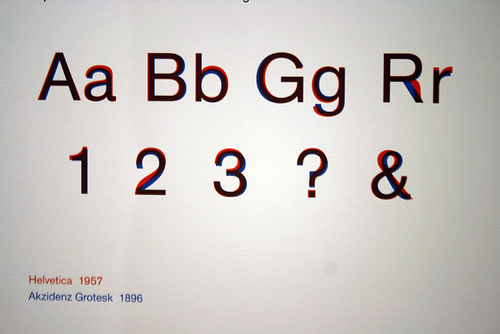
A few of those authors state that, after Germany dissolved its monarchies in 1918, the Royal-Grotesk typeface was renamed Akzidenz-Grotesk, because monarchies were no longer popular in Germany. Since Theinhardt’s foundry – and later Berthold – advertised those typefaces in their type specimen catalogues, I assume that these designs were not owned by the Royal Academy itself and that they were not exclusive to its members’ publications.Īs the Royal-Grotesk typeface has the word “royal” in its name, some authors assume that this sans serif must have been produced for publications of the Royal Academy, too – despite the Academy’s name having used the adjective königlich instead of royal. Theinhardt also cut punches for Devanagari and Tibetan types, etc. Those academic typefaces included designs for transcribing Ancient Greek and Roman inscriptions, as well as types to set writing systems from antiquity, including Cuneiform and Egyptian Hieroglyphs.

By 1902, Mammen (1859–1945) most have left the company as well, as by that point he had been replaced as co-owner by Hans Schweitzer. I don’t know when Emil Mosig died, but by 1897, he was no longer involved with the foundry. Theinhardt business never changed the company name. Theinhardt died twenty-one years later, in 1906. At the time of the sale, he would have been over 65, and at least somewhat well off. In my next post in this series, I’ll discuss the speculation about exactly when he retired and stopped cutting punches for good. At some point after that sale, Theinhardt became a retiree and ceased his punchcutting and typefounding activities. In 1885, he sold his foundry to Oskar Mammen and two brothers: Emil and Robert Mosig. This meant that Theinhardt had no heirs who could have eventually taken over his business. Their daughters, after they grew up, married military officers. Although Theinhardt and his wife had children, their son did not survive childhood. First, let me provide a summary of the history of the Theinhardt foundry’s ownership.įerdinand Theinhardt established a typefoundry in Berlin in 1849, when he was about 29-years old. That is quite a leap, though! I’ve written more on why in this post’s next section. I have read several twenty-first-century statements insisting that Royal-Grotesk’s connection to Ferdinand Theinhardt (1820–1906) is proven because the typeface name includes the term Royal. Still, the post comes in at less than 3,700 words, so it isn’t too long! At the bottom, you’ll find bibliographic details for each source mentioned. Structure-wise, this may be a bit complicated, thanks to the linked and unlinked references. Where copies of the sources are available online, those particular source names are links to online PDFs. Īs I did at the end of the previous paragraph, I’ve indicated below what the sources of my typeface names and date-attributions are, inside square brackets. The firm probably published it in late 1902, although some sources give 1903 as the year of its release, including and.

Instead, Royal-Grotesk had already been created at Berthold a few years earlier. Berthold AG acquired in 1908 when they purchased the Ferd. This is another post related to the history of Akzidenz-Grotesk.Ĭontrary to Günther Gerhard Lange’s statement in a 2003 interview with Yvonne Schwemer-Scheddin in Typografische Monatsblätter, the Royal-Grotesk typeface was not a product Berlin’s H. German, Swiss, and Austrian typefaces named Royal or Akzidenz


 0 kommentar(er)
0 kommentar(er)
